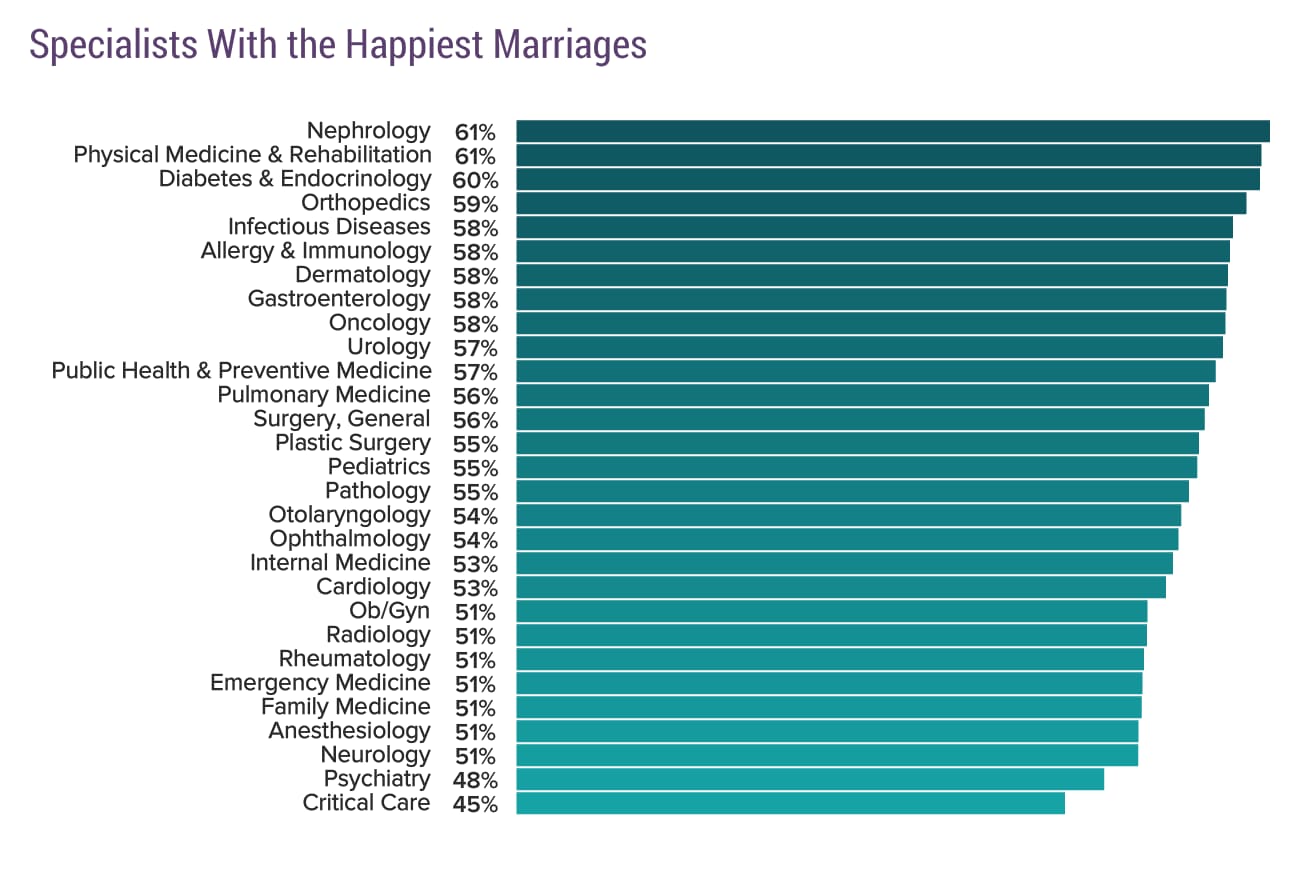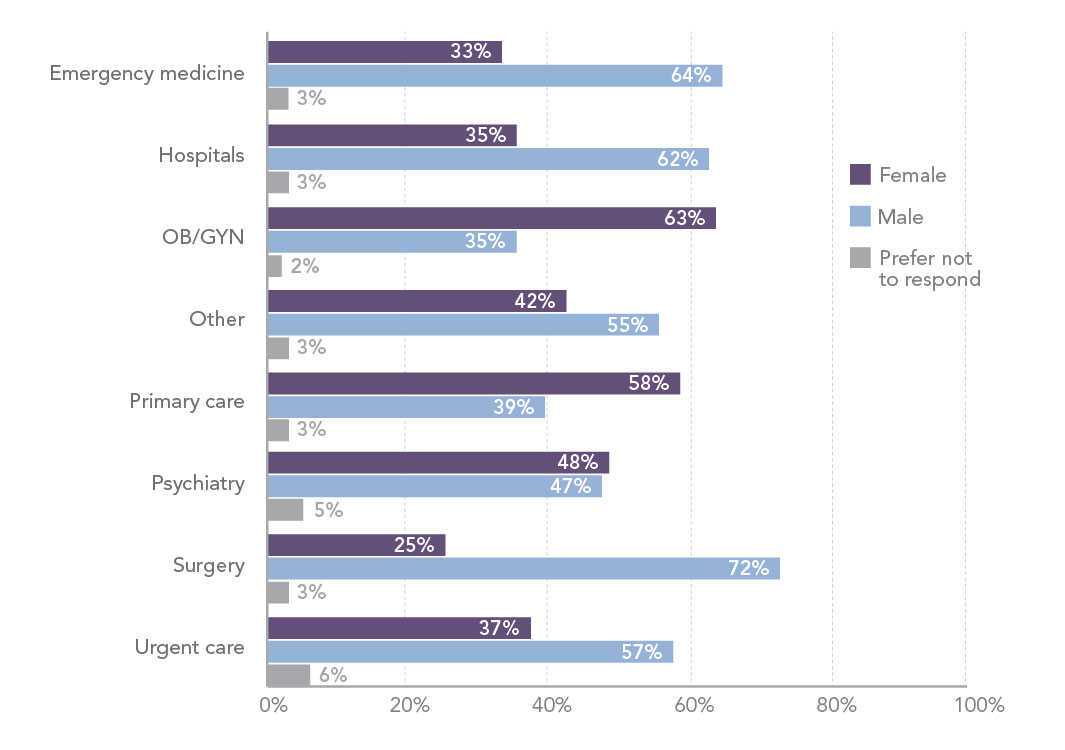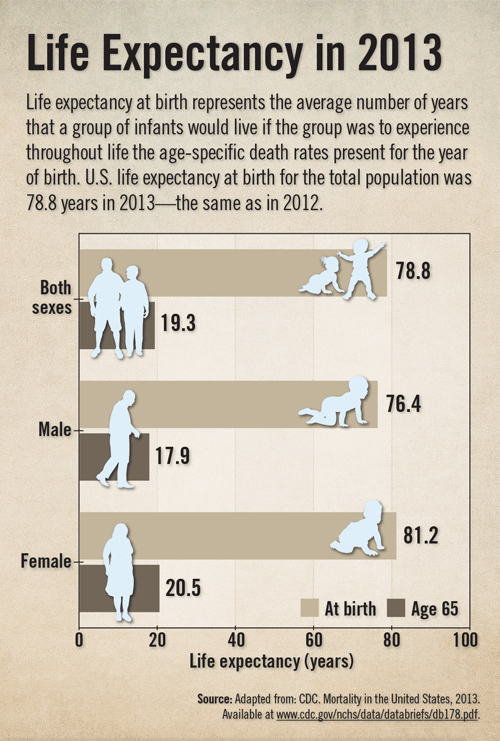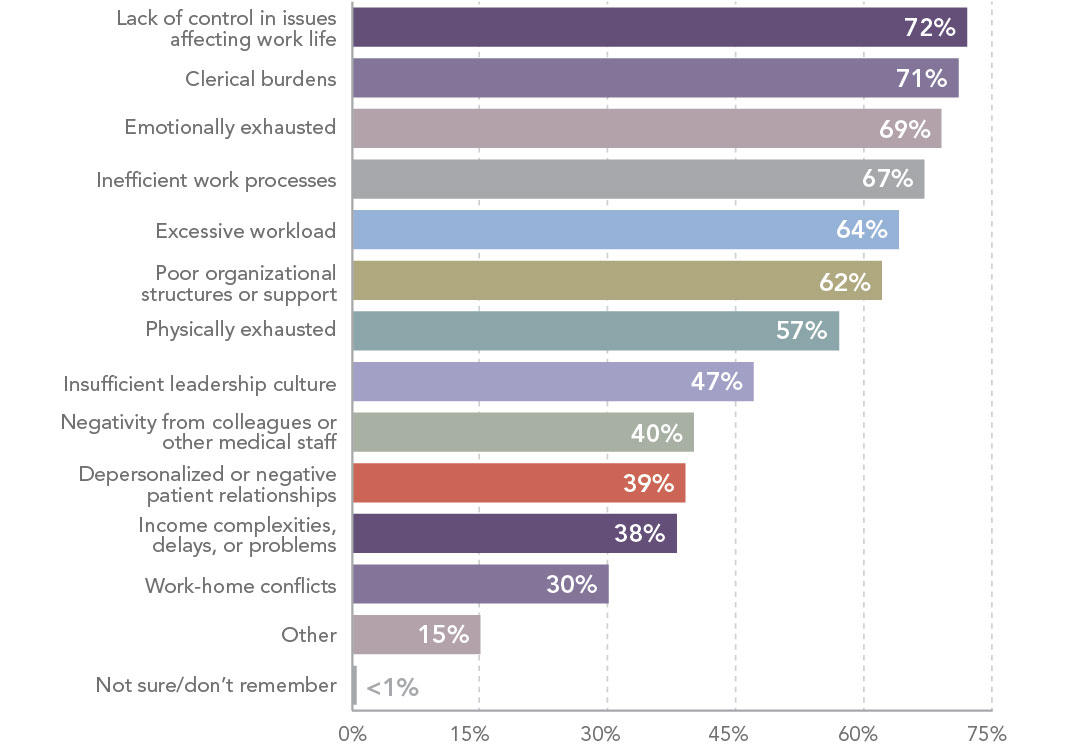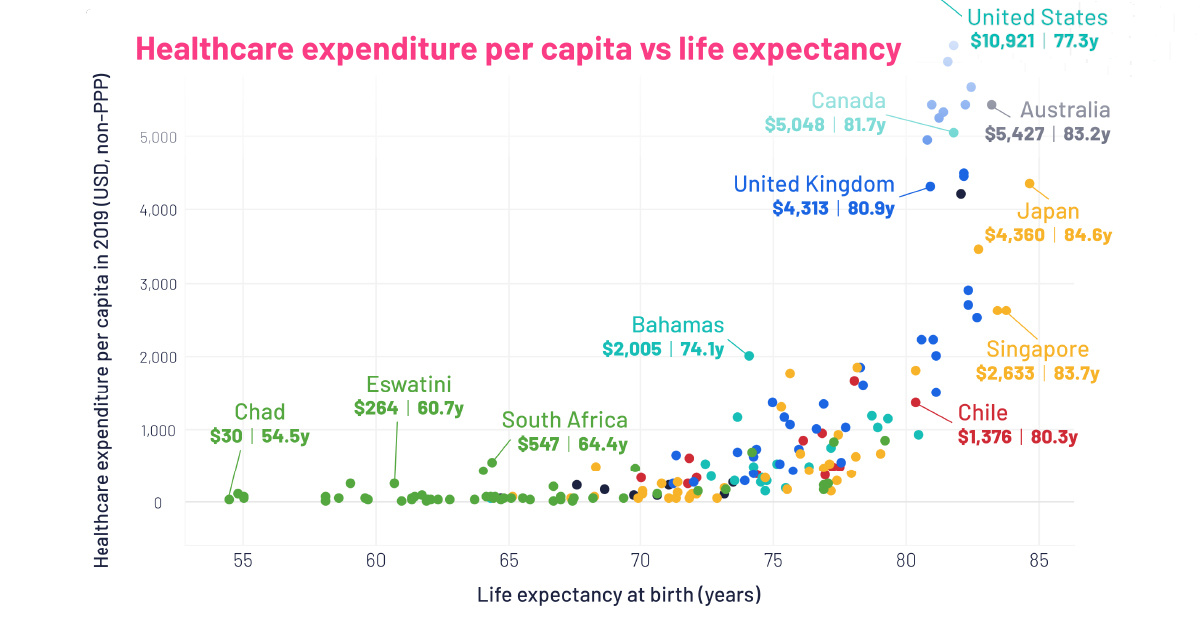Life Expectancy Of Physicians By Specialty

Breaking: Physician life expectancy varies significantly across specialties, with some facing mortality rates mirroring the general population while others lag behind. New data reveals critical disparities, demanding immediate attention to address systemic stressors impacting doctor well-being.
This article analyzes the latest findings on physician lifespan by specialty, highlighting the critical need for targeted interventions to support the health and longevity of those dedicated to saving lives. The data underscores a pressing need for systemic changes to mitigate the unique challenges faced by different medical fields.
Life Expectancy Disparities Exposed
Recent studies paint a concerning picture. Data from the American Medical Association (AMA) and various peer-reviewed journals indicate substantial differences in life expectancy among physicians based on their chosen specialty.
Cardiologists and surgeons, often facing high-pressure environments and demanding schedules, show a concerning trend.
Emergency medicine physicians also demonstrate lower life expectancies. Factors such as burnout, exposure to trauma, and shift work contribute significantly.
The Hard Numbers
The precise figures vary slightly across studies. One study published in The Lancet reveals that emergency medicine physicians have a life expectancy approximately 5-7 years shorter than the average physician in lower-stress specialties like dermatology or preventative medicine.
Surgeons, particularly those in trauma or transplant, face similarly elevated mortality risks. Long hours in the operating room and emotionally taxing situations take a toll.
Conversely, specialties like dermatology, ophthalmology, and preventative medicine tend to show higher life expectancies among physicians. The data show it reflecting a less stressful work environment and more predictable schedules.
Contributing Factors
Several factors contribute to these disparities.
Burnout, a state of emotional, physical, and mental exhaustion caused by prolonged or excessive stress, is a major driver. The data show that physician burnout rates are alarmingly high across the board, but are particularly pronounced in high-stress specialties.
Shift work and sleep deprivation also play a significant role. Irregular sleep patterns disrupt the body's natural rhythms, increasing the risk of chronic diseases.
Exposure to trauma and emotional distress takes a heavy toll. Physicians in emergency medicine, oncology, and critical care frequently encounter patients in life-threatening situations, leading to vicarious trauma and emotional fatigue.
The Role of Stress
Chronic stress, regardless of its source, is a major health risk factor. The research shows it links with heart disease, stroke, and other life-threatening conditions.
Physicians, especially those in high-stress specialties, are constantly under pressure to perform, make critical decisions, and manage heavy workloads. This creates a perfect storm for burnout and decreased life expectancy.
Urgent Call to Action
These findings demand immediate action. Healthcare organizations and medical institutions must prioritize physician well-being and address the systemic issues contributing to these disparities.
Implementing measures to reduce burnout, improve work-life balance, and provide adequate mental health support is crucial.
The AMA and other professional organizations are advocating for policies and programs to support physician well-being. This includes initiatives to reduce administrative burdens, improve staffing ratios, and promote a culture of wellness.
Looking Ahead
Ongoing research is essential to further understand the complex factors influencing physician life expectancy. More studies are needed to identify effective interventions and monitor the impact of implemented programs.
Continuous monitoring and evaluation of physician health are essential. The data suggest that providing timely support and resources to physicians at risk of burnout or mental health issues can improve their long-term health outcomes.
The well-being of physicians is paramount to the health of our communities. Addressing these disparities in life expectancy is not just a matter of fairness, but a necessity for ensuring the continued provision of quality healthcare.
